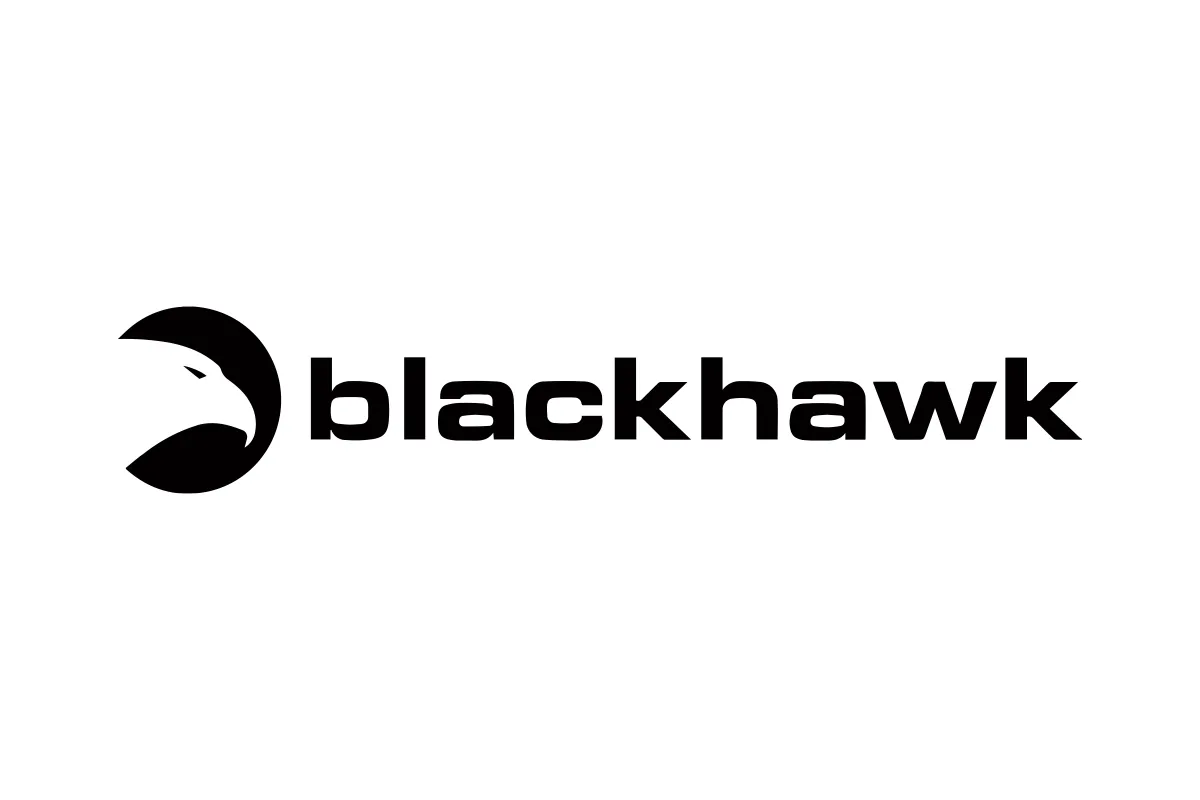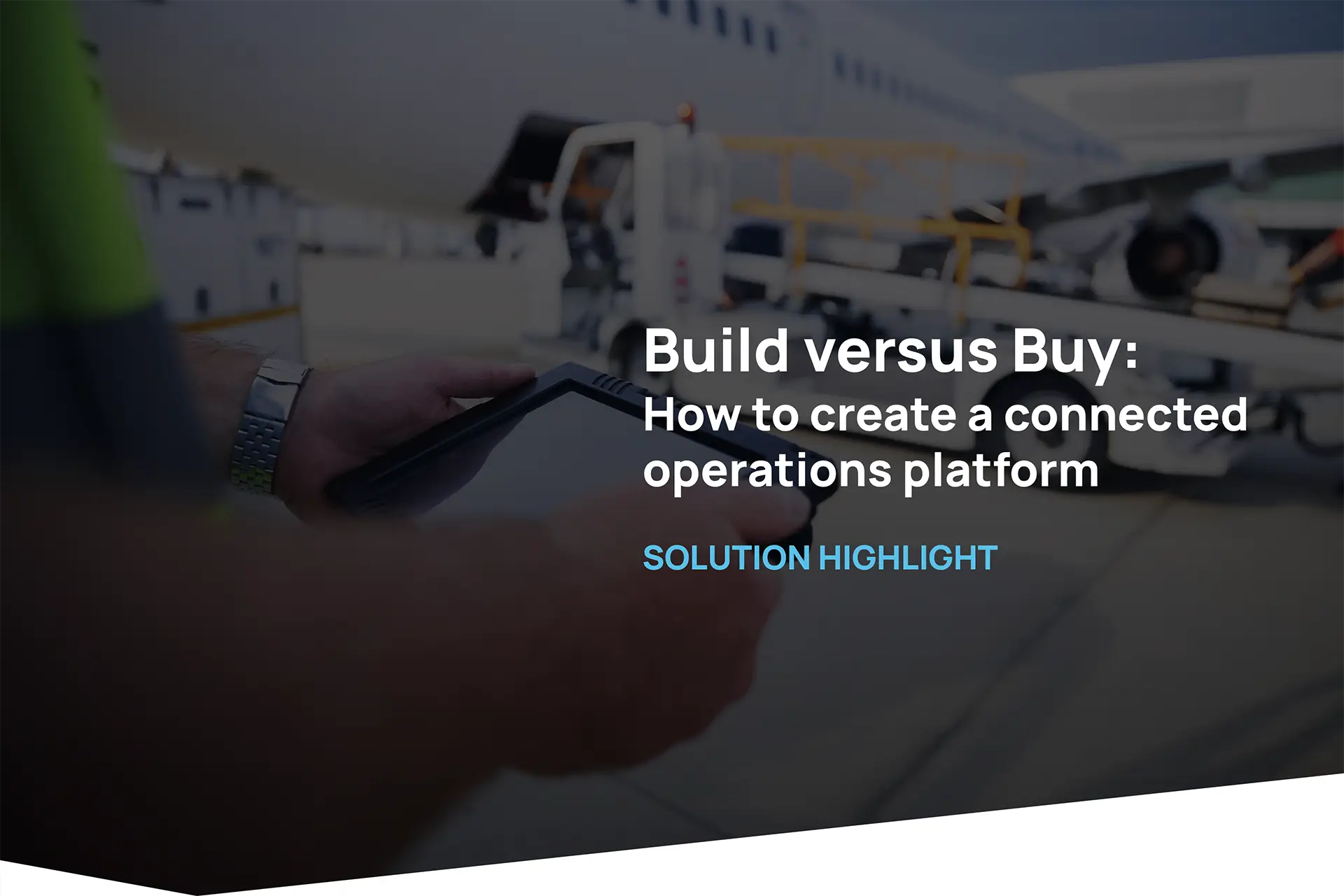Build vs. Buy: why machinery-centric businesses are choosing white-label platforms for connected services
The Big Shift: why Connected Services are no longer optional
The world is undergoing a seismic shift toward connected products and data-driven services.
As industries evolve, one reality has become clear: data is the new oil. Connectivity is transforming the way businesses operate, creating new revenue streams and redefining customer expectations.
From Uber revolutionizing transportation to Airbnb reshaping hospitality, the “Uberization*” of services is shifting customer habits and sales channels across industries. Consumers and businesses alike now demand instant access, real-time insights, and frictionless digital experiences. This trend is particularly evident in industrial sectors, where connected equipment, predictive maintenance, and IoT-driven asset management are rapidly becoming competitive differentiators.
The question isn’t whether companies should adopt connected services—but how they can do it efficiently, cost-effectively, and with long-term sustainability. This is where many businesses face a critical decision: Build their own connected services platform from scratch, or leverage a proven, white-label solution like Blackhawk.io?
The true cost of building a custom IoT platform
At first glance, building a proprietary connected services platform might seem like the ideal way to maintain control over data, customer relationships, and branding. However, the reality is far more complex—and expensive.
#1 – Building is costly and resource-intensive
Developing an in-house IoT and connected services platform requires significant upfront investment in:
- Software Development: Custom coding, UI/UX design, APIs, mobile apps, and cloud architecture.
- IoT Infrastructure: Edge computing, real-time data ingestion, and secure connectivity protocols (cellular, LPWAN, BLE, etc.).
- Data Management & AI: Advanced analytics, predictive maintenance algorithms, and AI-driven insights.
- Security & Compliance: GDPR, ISO 27001, SOC 2, and cybersecurity measures to protect sensitive customer data.
🔎 Case Study: Caterpillar
Caterpillar has invested over two decades into its IoT strategy. Today, it has 1.4 million connected assets, an enterprise-grade cloud platform (Helios), and an advanced predictive analytics system. The result? Caterpillar is on track to double its service revenue from $14B to $28B between 2016 and 2026 by leveraging connected equipment and IoT-driven aftersales services. (IoT Analytics, 2024)
💰 The Bottom Line: Most companies simply cannot afford to replicate the scale of investment that market leaders like Caterpillar have made in their connected services infrastructure.
#2 – It takes years to build—slowing Go-To-Market speed
Even with a full development team, launching a custom platform can take 2–5 years. During this time:
- Competitors that adopt off-the-shelf platforms can go to market within months, securing early adopter advantages.
- Technology evolves rapidly, making internally built systems obsolete before they’re even fully deployed.
- Customer expectations shift, demanding real-time connectivity and seamless digital experiences that require continuous updates.
🕒 Speed Matters: The IoT Analytics report (2024) found that 40% of OEM revenue globally already comes from connected products, and this is projected to hit 50% by 2027. Companies that delay digital transformation risk losing market share to faster-moving competitors.
#3 – In-house platforms require constant maintenance & expertise
A connected services platform isn’t a one-and-done project. It requires ongoing maintenance, upgrades, and expertise in:
- API and software updates to integrate with ERP, CMMS, CRM, and third-party systems.
- Evolving connectivity standards (5G, LPWAN, satellite IoT).
- Data science and AI for predictive analytics, machine learning, and automated workflows.
- Cybersecurity and compliance, including real-time threat detection.
- For many businesses, maintaining a full-time, in-house IoT development team is not only expensive but also outside their core expertise.
Why businesses are choosing white-label IoT platforms instead
Rather than spending millions of dollars and years of R&D, businesses across industries are increasingly turning to proven white-label platforms like Blackhawk.io and NEEDME.com to accelerate their connected services strategy.
#1 – Rapid Go-To-Market with a fully branded solution
With Blackhawk.io, businesses can deploy connected services in months, not years—all under their own brand.
✅ White-Label Customization – Your logo, your identity, powered by our technology.
✅ Ready-to-Deploy IoT Platform – Connect assets, manage data, and automate workflows instantly.
✅ Enterprise Integrations – Seamlessly connect with ERP, CMMS, CRM, and other enterprise tools.
🏆 Competitive Advantage: Instead of spending years building software, businesses can focus on customer engagement, new revenue models, and service monetization.
#2 – Cost-effective & scalable
Blackhawk.io eliminates the need for massive upfront investments, offering a scalable, pay-as-you-grow model that aligns with business needs.
💡 Key Benefits:
- No massive R&D costs—Blackhawk has already built the infrastructure.
- Scalable pricing—Grow from a few connected assets to thousands.
- Continuous updates—Always up to date with the latest IoT advancements.
#3 – Expert support & ongoing innovation
Unlike one-off custom builds, Blackhawk.io continuously enhances its platform with the latest AI, data analytics, and automation features.
- Predictive Maintenance & AI Insights – Reduce downtime and optimize asset performance.
- Smart Digital Workflows – Automate service requests, inspections, and compliance tracking.
- Real-Time Asset Tracking & Telemetry – Visibility into location, usage, and health metrics.
With Blackhawk.io managing the technology, businesses can focus on their core expertise—whether that’s equipment sales, fleet management, manufacturing, or aftersales services.
The cost of doing nothing
Many businesses delay their IoT strategy, assuming they have time. However, the cost of inaction is rising.
🔴 Market Share Loss – Early adopters gain customer loyalty and competitive differentiation.
🔴 OEM Dominance – Equipment manufacturers like Caterpillar and John Deere are leveraging connectivity to bypass dealerships and sell direct to customers.
🔴 Customer Expectations Are Changing – Businesses that fail to offer digital services risk becoming irrelevant.
IoT is no longer optional—it’s a necessity.
The verdict: Buy, don’t build
🚀 Why waste years and millions building from scratch when you can partner and launch a world-class connected services platform today?
With Blackhawk.io’s proven, scalable, and continuously evolving IoT platform, businesses can:
✅ Accelerate time-to-market – Deploy in months, not years.
✅ Save millions in development costs – No need to build and maintain infrastructure.
✅ Leverage world-class technology – Stay ahead with AI-driven analytics and automation.
✅ Deliver superior customer experiences – Improve service efficiency and revenue opportunities.
👉 The future is connected. Let Blackhawk.io power your digital transformation.
📩 Get in touch today to see how our white-label operations platform can help your business thrive.
*UBERIZATION // -the act or process of changing the market for a service by introducing a different way of buying or using it, especially using mobile technology: e.g. the uberization of banking. The idea behind uberization is providing on-demand services for as many needs as possible.

About Blackhawk.io
Blackhawk.io is a leading provider of IoT and real-time digital transformation solutions for remote and mobile assets. Specializing in connected equipment, vehicle telematics, and predictive maintenance technologies, Blackhawk.io empowers organizations in aviation, real estate, OEM supply, and more to optimize asset utilization, streamline operations, and reduce costs through data-driven insights.



